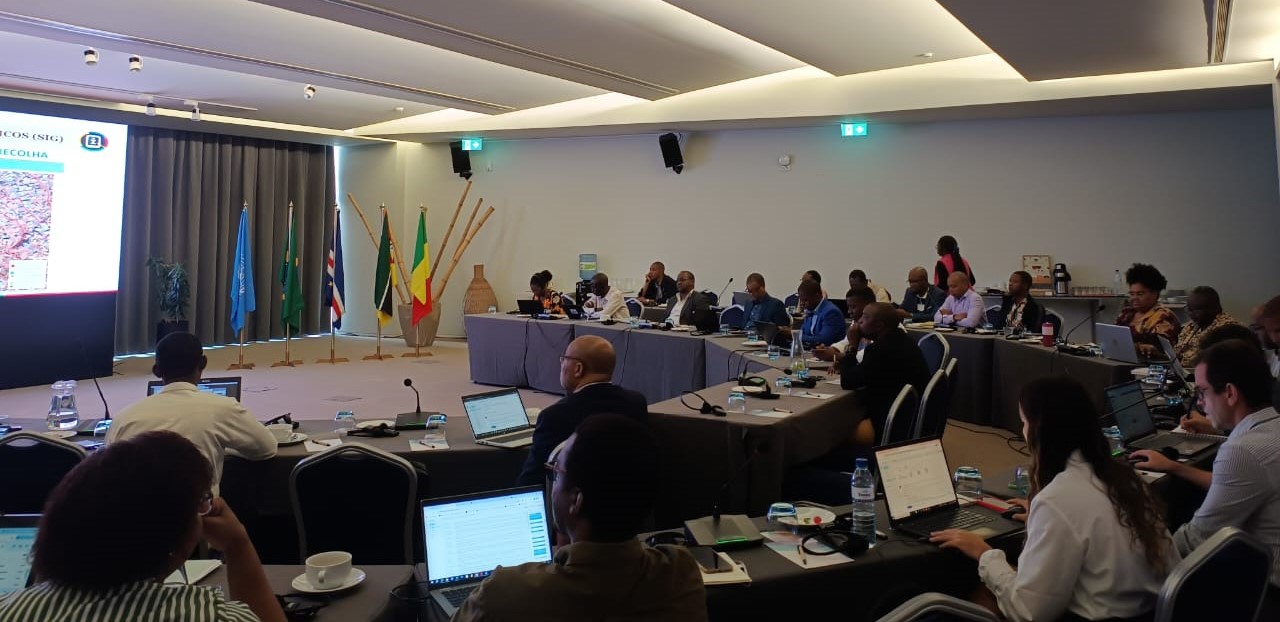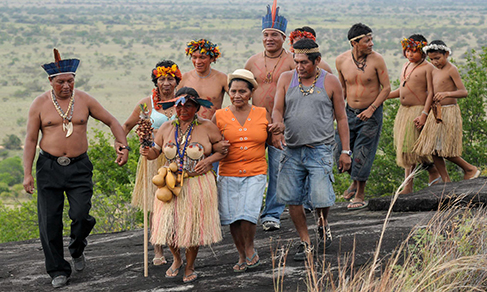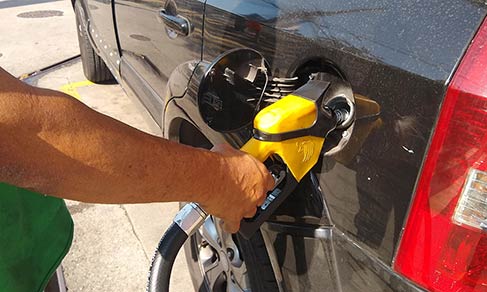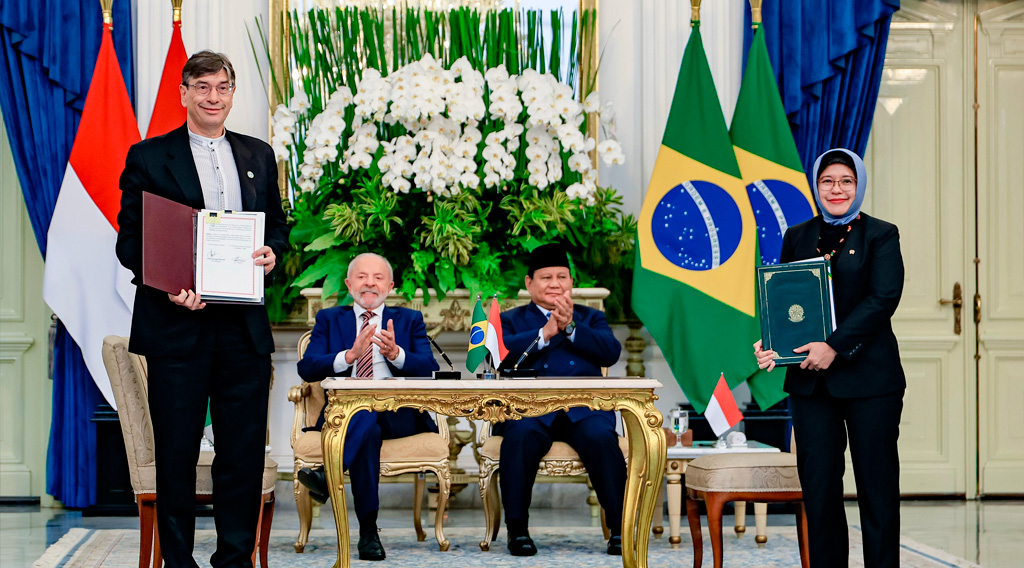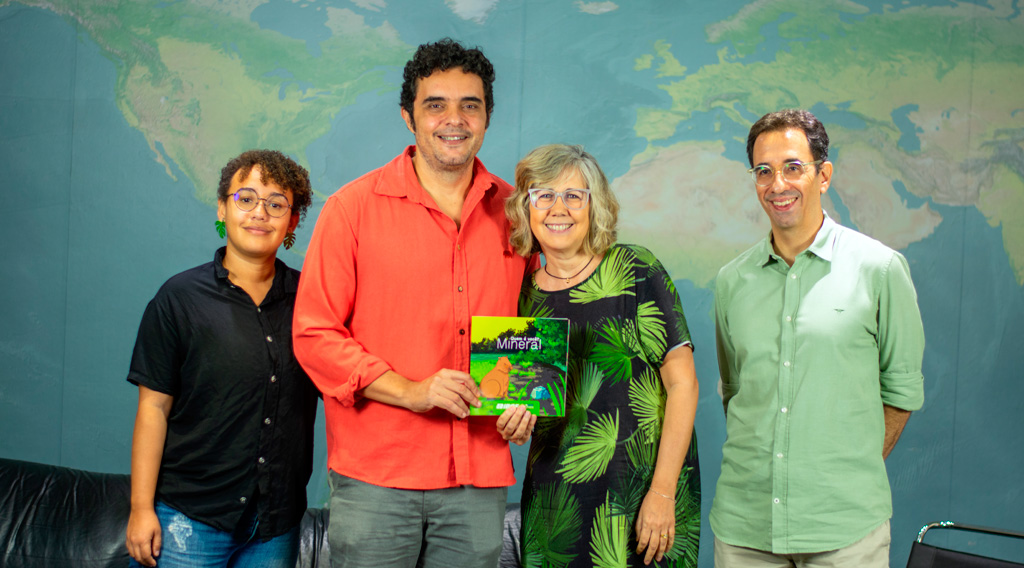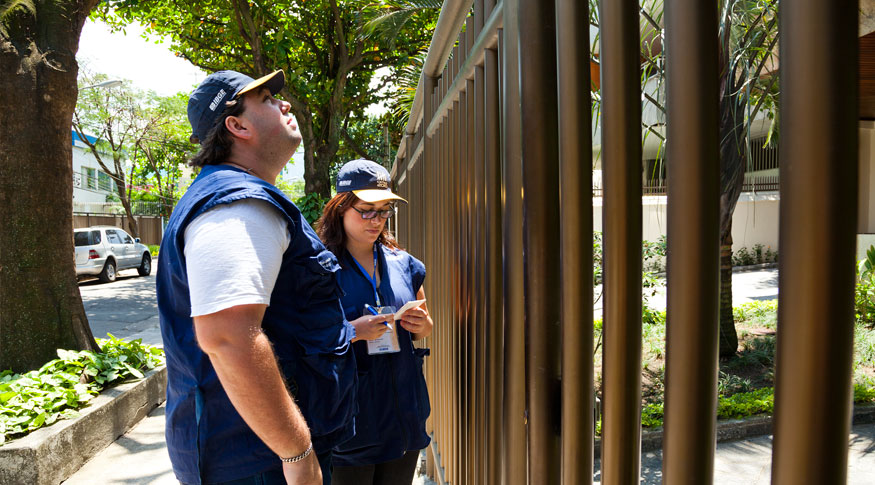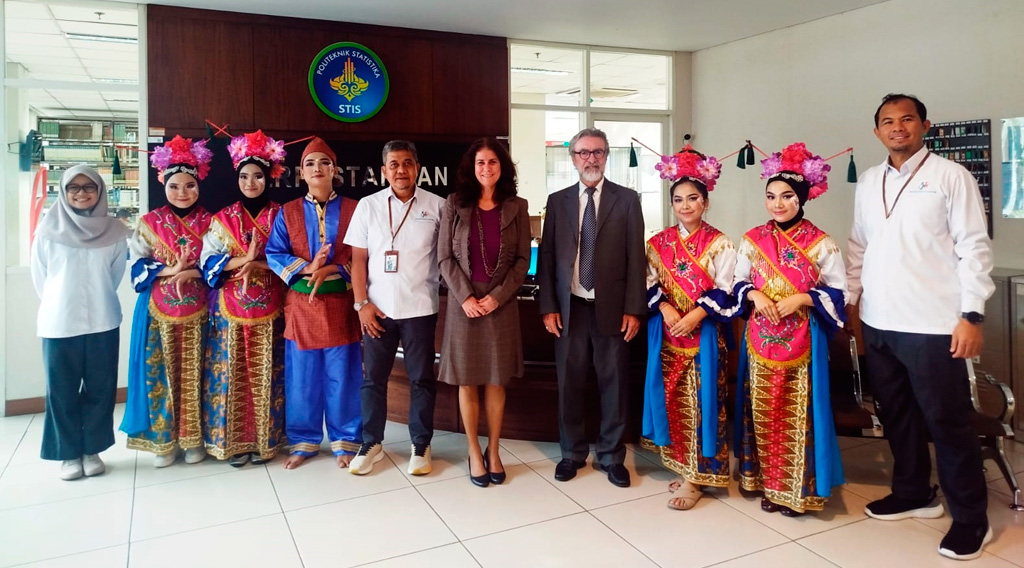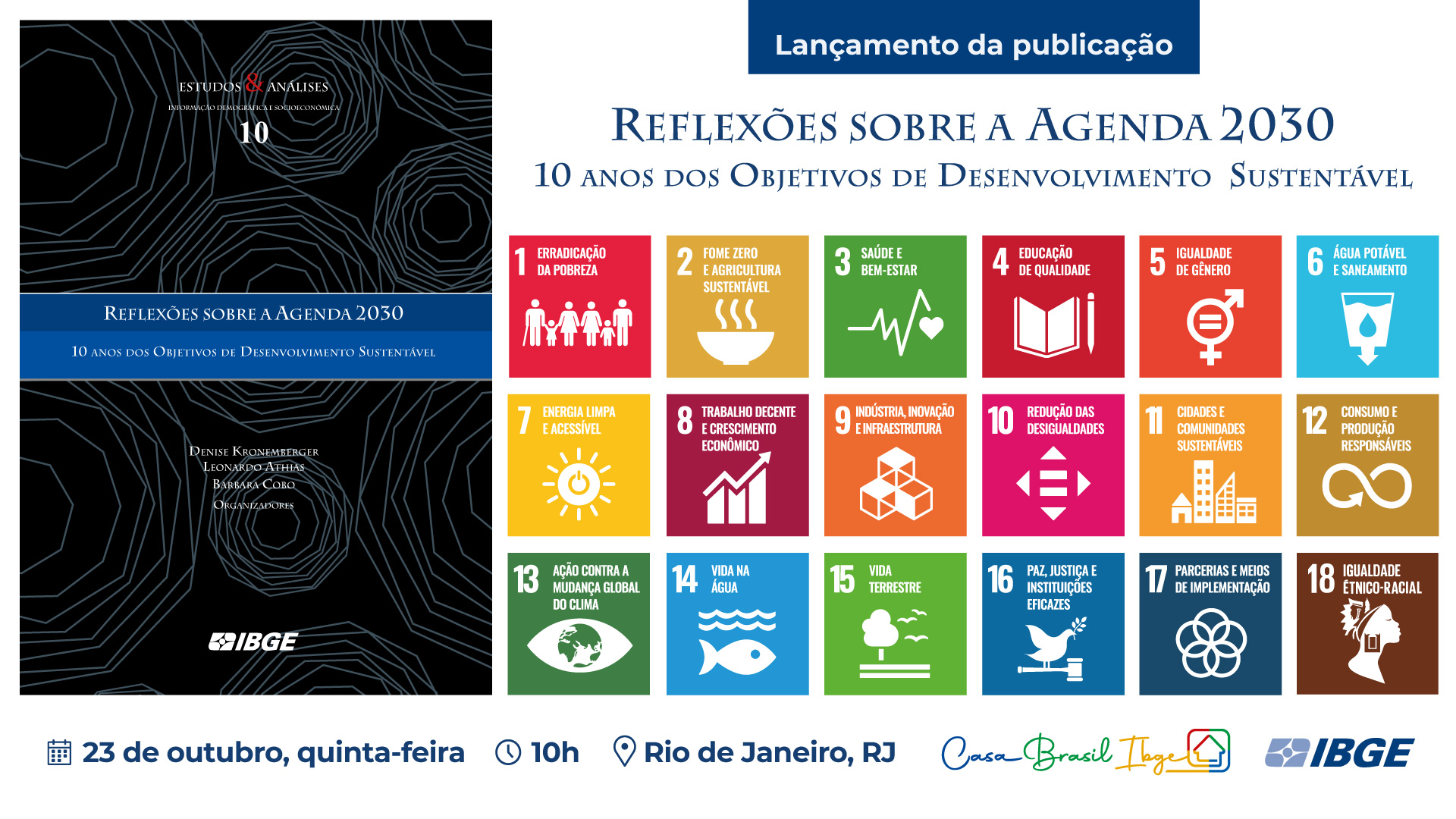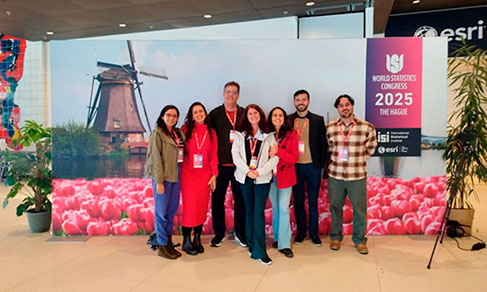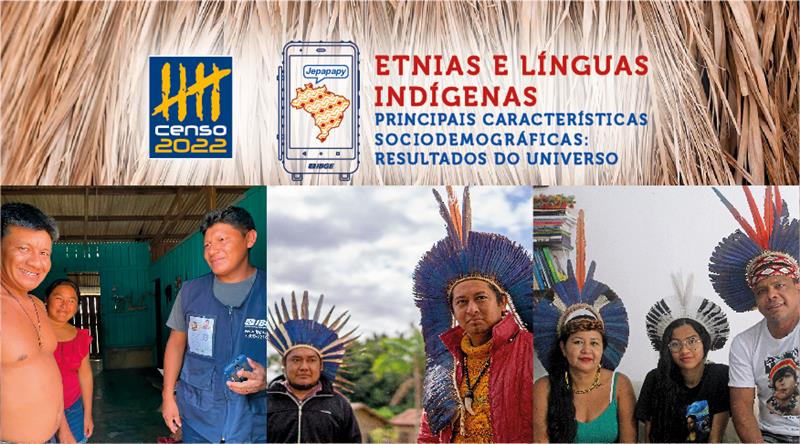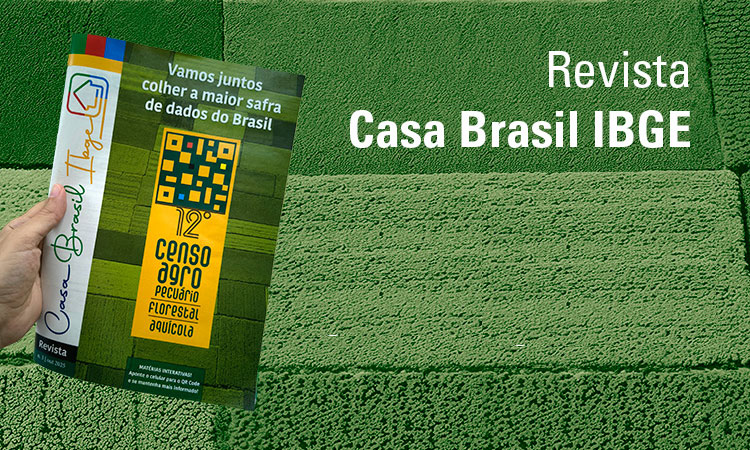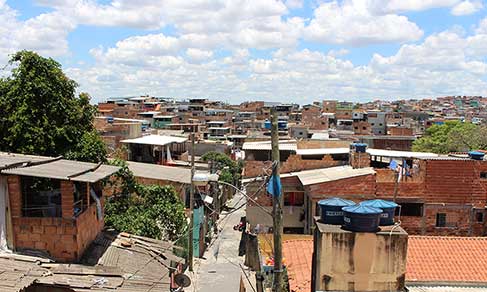Banco de Informações Ambientais
New portal of Brazilian natural resources improves access to geosciences
December 12, 2018 10h00 AM | Last Updated: December 12, 2018 11h21 AM
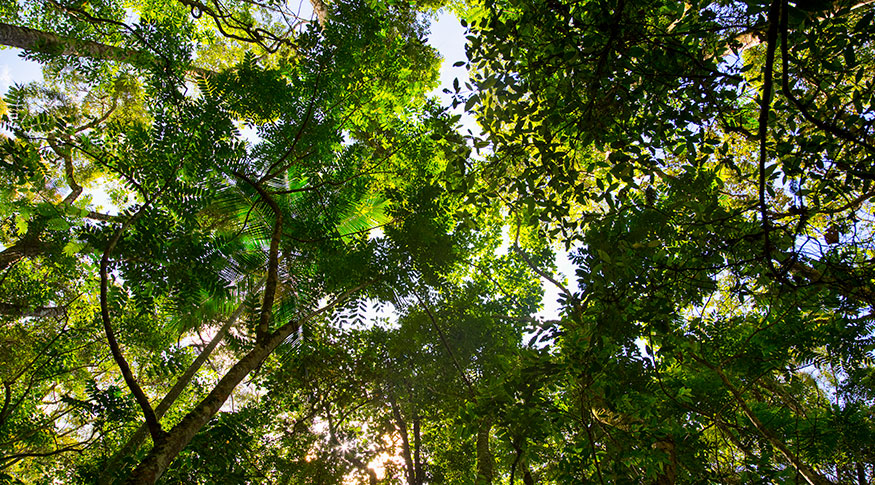
As of today, those who would like to better know the Brazilian natural resources can count on the most complete platform of environmental data in Brazil. It is the BDIA Web portal, which allows to view and consult data and maps of the IBGE´s Environmental Information Database - BDIA on themes like vegetation, pedology (soil), geology and geomorphology.
The BDIA gathers the set of thematic databases produced by the IBGE over the last 20 years, based on the fieldwork of the project of natural resources mapping, in which the IBGE geographers covered every locality in Brazil taking note of their natural characteristics. The database also brings the RADAMBRASIL project database, which surveyed the Brazilian environment in the 1970s and 1980s.
"What makes the BDIA Web apart from other environmental information portals is that it is homogeneous, i.e., it brings every theme in the 1:250,000 scale, whereas other institutions provide specific information in their areas and in different scales", explained Therence Sarti, IBGE´s deputy coordinator of Natural Resources.
The BDIA Web will streamline the surveys in the areas of geography, geology, forestry and agricultural engineering. Having included information at state and municipal levels, the portal will also help major engineering works, like the construction of barrages for the generation and transmission of electricity. The tool can also be used by students of the secondary and higher education grades, as well as by the general public who would like to know the Brazilian regions.
Marta Franco, IBGE´s manager of Data Treatment and Organization, explained that the portal has three levels of visualization of the captions, being the first the most simple and the second and third levels with more characteristics on the themes. The BDIA has also a dictionary with the concepts, which streamlines the understanding of the information.
"Previously, the users needed to access the IBGE portal, download the data and work with a geographic information system that allows to view the data, like, for example, Q-Gis, and this limited its use a little bit. With the platform, any person can browse with no extra knowledge", highlights Franco.
The BDIA portal was built by a multidisciplinary team with a wide knowledge in the areas of data computing and geosciences. The project is not static and other features will be included, like the possibility of adding information layers on the visualization, saving files in PDF format and viewing images of the places surveyed.
Franco expects that many people will use and consult the IBGE data on the platform. "The interest is that the society knows a little more about the Brazilian natural resources", concludes her.



